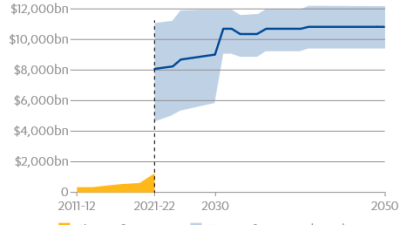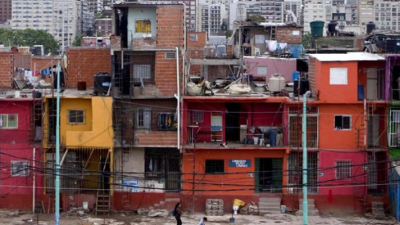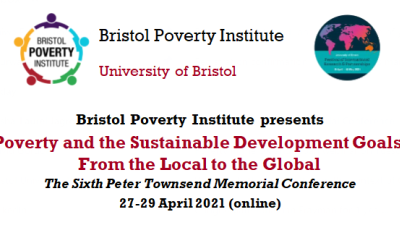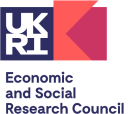In March 2018 the European Union adopted a child-specific deprivation index. This index will be used by all member states to regularly monitor progress on child well-being. Children will be classed as deprived if they lack at least three items from this 17 item index. The chart below shows the percentage of deprived children (aged 1 to 15) for each member state. The national proportions of deprived children vary hugely across EU countries, from 5 to 10% in Sweden, Finland, Denmark, Luxembourg and Slovenia to around 70% in Bulgaria and Romania.
Child deprivation rates, EU member states, 2014
Source: 'Towards an EU Measure of Child Deprivation, Guio, 2017
The items covered by the index are:
- Child: Some new (not second-hand) clothes
- Child: Two pairs of properly fitting shoes
- Child: Fresh fruits and vegetables daily
- Child: Meat, chicken, fish or vegetarian equivalent daily
- Child: Books at home suitable for the children’s age
- Child: Outdoor leisure equipment
- Child: Indoor games
- Child: Regular leisure activities
- Child: Celebrations on special occasions
- Child: Invitation of friends to play and eat from time to time
- Child: Participation in school trips and school events that cost money
- Child: Holiday
- Household: Arrears
- Household: Home adequately warm
- Household: Access to a car for private use
- Household: Replace worn-out furniture
- Household: Access to internet
The index was derived using the PSE analytical framework from the datasets on child and material deprivation in the 2009 and 2014 waves of the EU Statistics on Income and Living Conditions (EU-SILC) . The work was conducted by the Luxembourg Institute of Socio-Economic Research (LISER) in collaboration with the Townsend Centre for International Poverty Research at Bristol University and the Social Policy department at Cardiff University. Of the 18 items (13 specifically for children and five for the households) covered in these surveys, the researchers recommended that 17 items be retained; each of them providing a suitable, valid, reliable and additive measure of material and social deprivation in almost all EU Member States.
For full details see: 'Towards an EU measure of child deprivation' (pdf), Child Indicators Research, DOI 10.1007/s12187-017-9491-6), Anne-Catherine Guio, David Gordon, Eric Marlier, Hector Najera and Marco Pomati, 2017 .
Data files can be dowloaded at : https://ec.europa.eu/eurostat/web/income-and-living-conditions/data/ad-…;



 PSE:UK is a major collaboration between the University of Bristol, Heriot-Watt University, The Open University, Queen's University Belfast, University of Glasgow and the University of York working with the National Centre for Social Research and the Northern Ireland Statistics and Research Agency. ESRC Grant RES-060-25-0052.
PSE:UK is a major collaboration between the University of Bristol, Heriot-Watt University, The Open University, Queen's University Belfast, University of Glasgow and the University of York working with the National Centre for Social Research and the Northern Ireland Statistics and Research Agency. ESRC Grant RES-060-25-0052.






